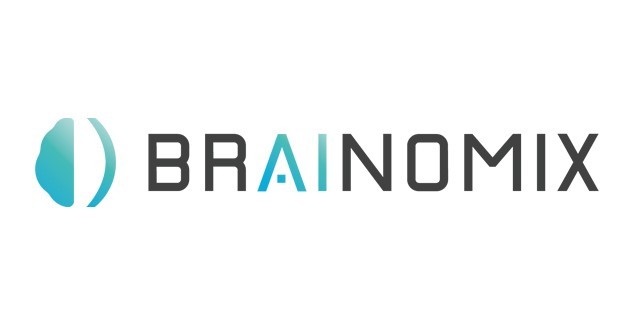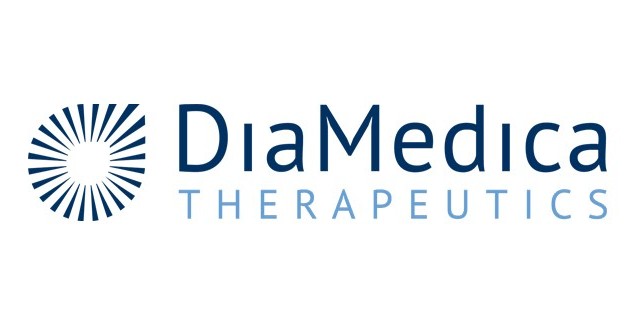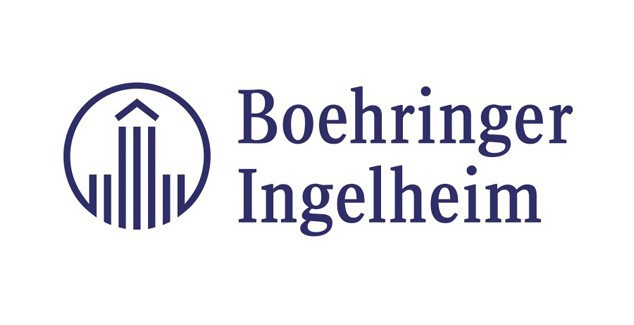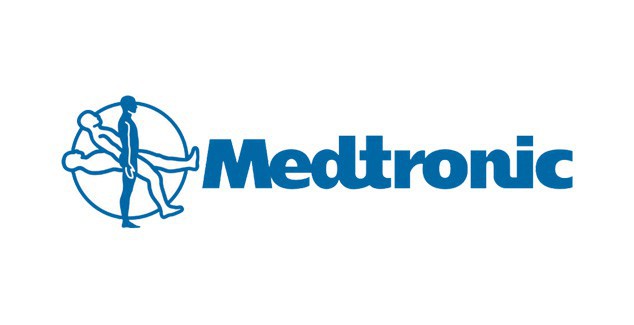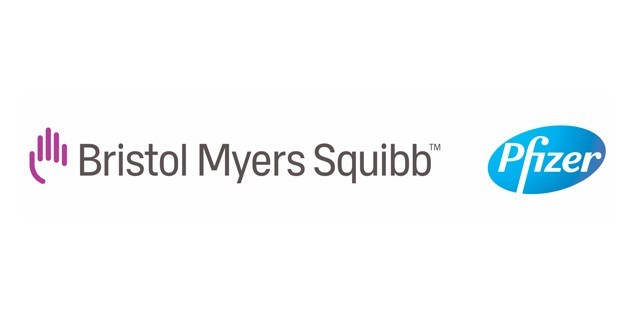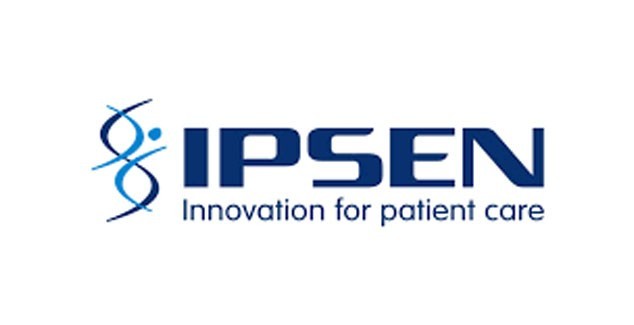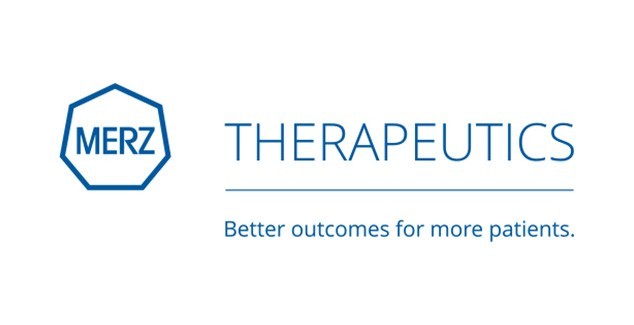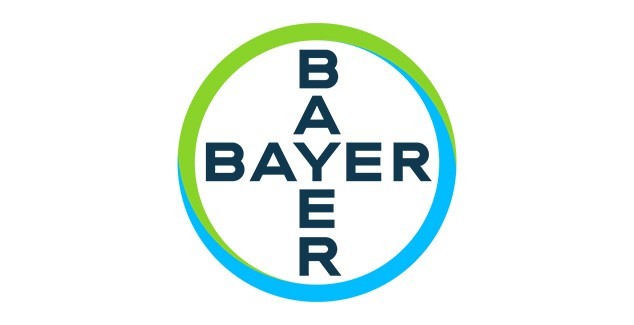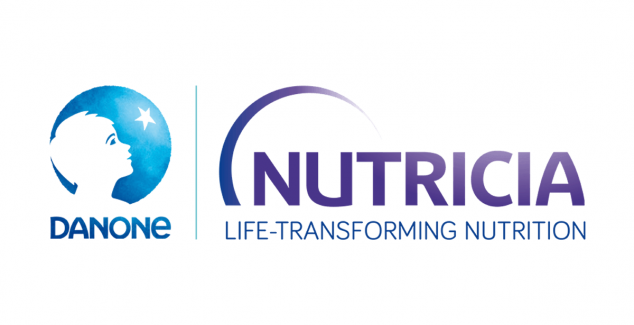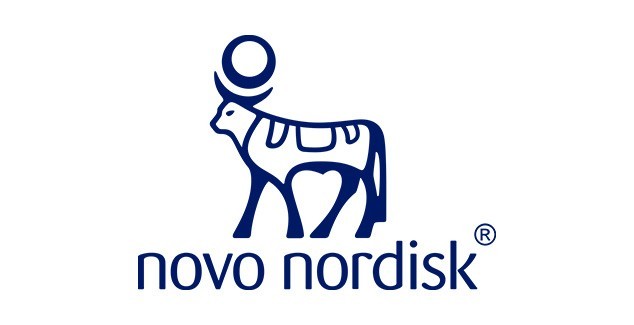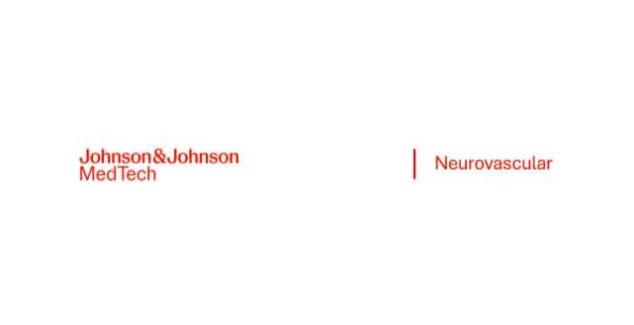Babawale Arabambi1, Olajumoke Oshinaike2,3, Shamsideen Abayomi Ogun2,3, Chukwuemeka Eze4, Abiodun Hamzat Bello5, Steven Igetei6, Yakub Yusuf7, Rashidat Amoke Olanigan2, Sikirat Yetunde Ashiru2
1 School of Population and Public Health, The University of British Columbia, Vancouver, Canada.
2 Neurology Unit, Department of Medicine, Lagos State University Teaching Hospital, Lagos, Nigeria.
3 Department of Medicine, Lagos State University College of Medicine, Lagos, Nigeria.
4 Alex Ekwueme Federal University Teaching Hospital, Abakaliki, Nigeria.
5 University of Ilorin Teaching Hospital, Ilorin, Nigeria.
6 Department of Internal Medicine, University of Benin Teaching Hospital, Benin City, Nigeria.
7 Department of Medicine, Federal Medical Center, Asaba, Nigeria.
Recent research by Owolabi et al. (2021), published in the International Journal Stroke, investigated the state of stroke services across the globe. 1 The authors showed a statistically significant difference between the presence of stroke units in low-income countries compared to high income countries.1 While stroke units were found in 91% of high-income countries, they were only found in 18% of low-income counties.1
Moreover, The Nigerian Stroke Organisation recommends that all stroke patients should be treated in in a dedicated stroke unit, but the number of stroke units in Nigeria and how they are organised is not well known. Inspired by the findings from past researchers, Dr. Arabambi and colleagues set out to learn more about the state of stroke units in Nigeria.
“We wanted to explore the number of stroke units in Nigeria and how they are structured.” said Dr. Arabambi “Not only would this help us understand the current state of services, but it would also provide us with information about how to best improve outcomes for stroke patients in Nigeria.”
To investigate how the stroke units were structured and run, the researcher first had to establish how many stroke units there were. They identified 58 tertiary hospitals that could potentially be eligible but found that only 5 of these had dedicated stroke units.
“In our research we identified 5 centres with stroke-specific units. The oldest was established in 2010 and the newest in 2021.” said Dr. Arabambi “Based on the number of patients admitted to these 5 centres alone, we believe that creation of more stroke units are certainly needed at other hospitals in Nigeria.”

The research team from top-left to bottom right (clockwise direction): Babawale Arabambi, Olajumoke Oshinaike, Yomi Ogun, Yakub Yusuf, Rashidat Olanigan, Yetunde Ashiru, Steven Igetei, Abiodun Bello, and Chukwuemeka Eze.
When the researchers looked at the organisation and structure of these units, they established that all stroke units had the infrastructure for basic level stroke investigations and most had multidisciplinary stroke teams.
“We saw that, of the 5 centres, all had CT scanners and ECG machines” explained Dr. Arabambi. However, the researchers noted that the use of reperfusion therapies was low. “Thrombolytic therapies were not commonly used and none of the stroke units had the resources to be able to perform thrombectomy” said Dr. Arabambi. The researchers theorise that this is due to the high cost of these therapies in Nigeria, and delayed stroke presentation to the hospital.
The team emphasise that although there has been an increase in prevalence of stroke units since 2010, there is still more to be done. “We hope that our research will help raise awareness for the importance of establishing more stroke units and reperfusion therapies in Nigeria; these are key to improving stroke patient outcomes and preventing disability” explained Dr. Arabambi.
References
- Owolabi, M. O., Thrift, A. G., Martins, S., Johnson, W., Pandian, J., Abd-Allah, F., Varghese, C., Mahal, A., Yaria, J., Phan, H. T., Roth, G., Gall, S. L., Beare, R., Phan, T. G., Mikulik, R., Norrving, B., Feigin, V. L., & Stroke Experts Collaboration Group (2021). The state of stroke services across the globe: Report of World Stroke Organization-World Health Organization surveys. International Journal of Stroke. 16(8), 889–901.

 Member login
Member login

